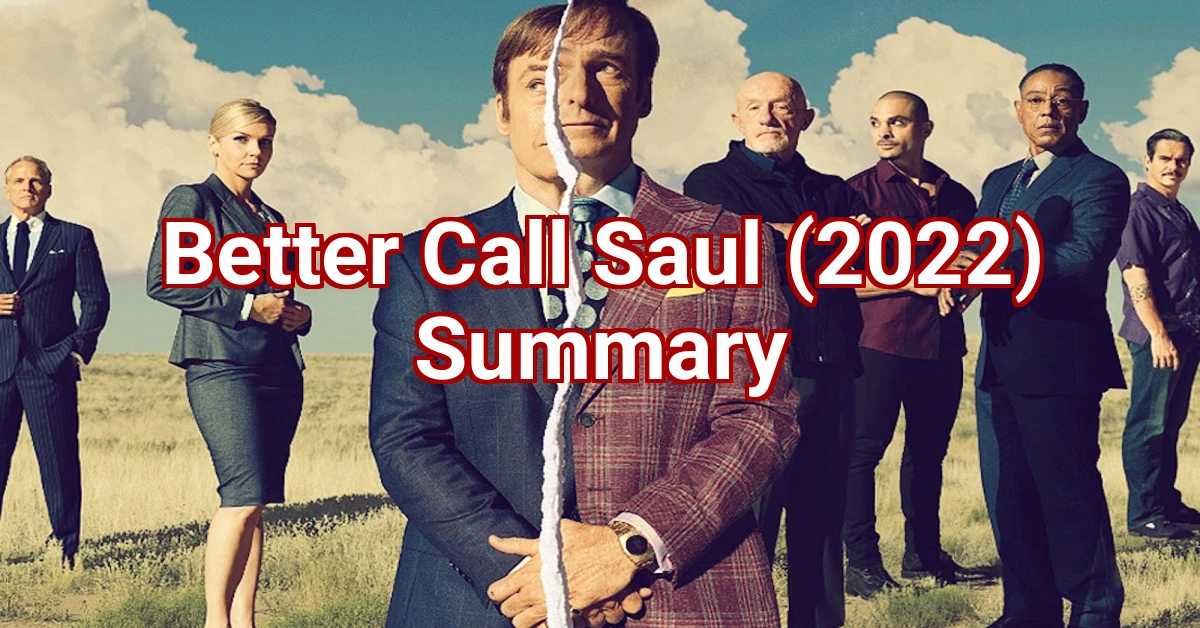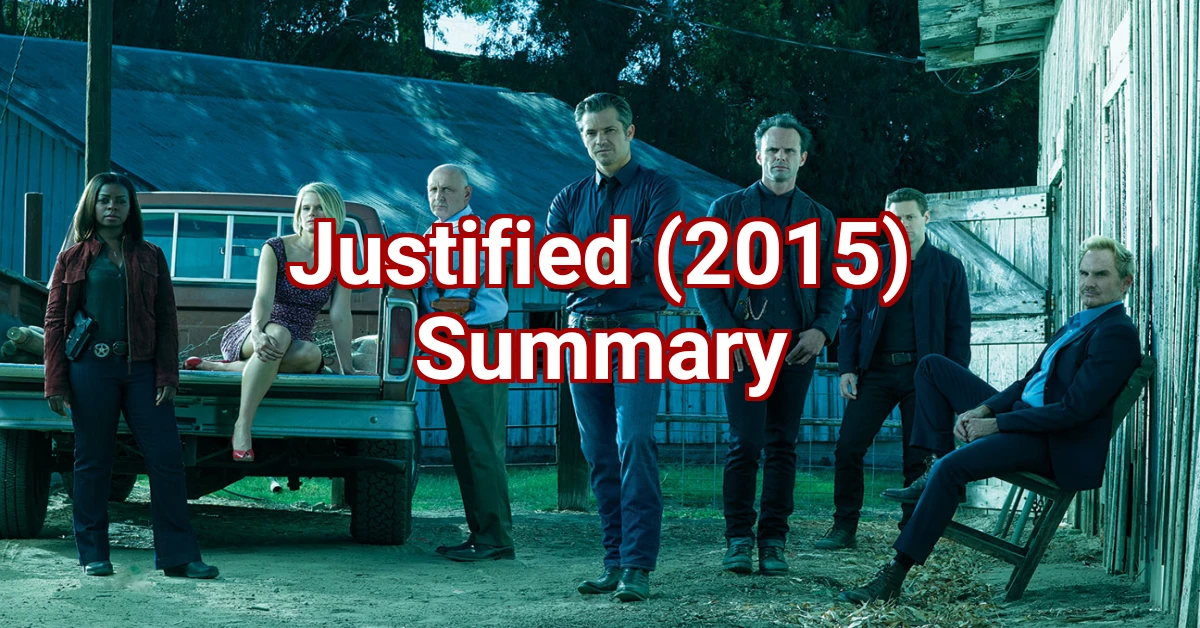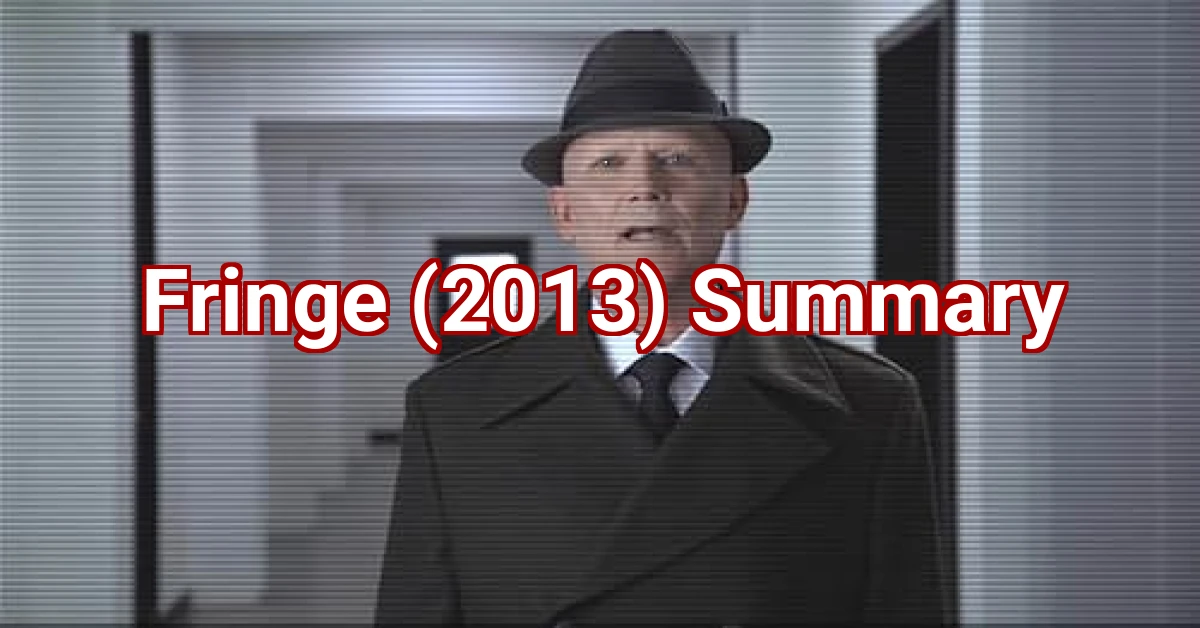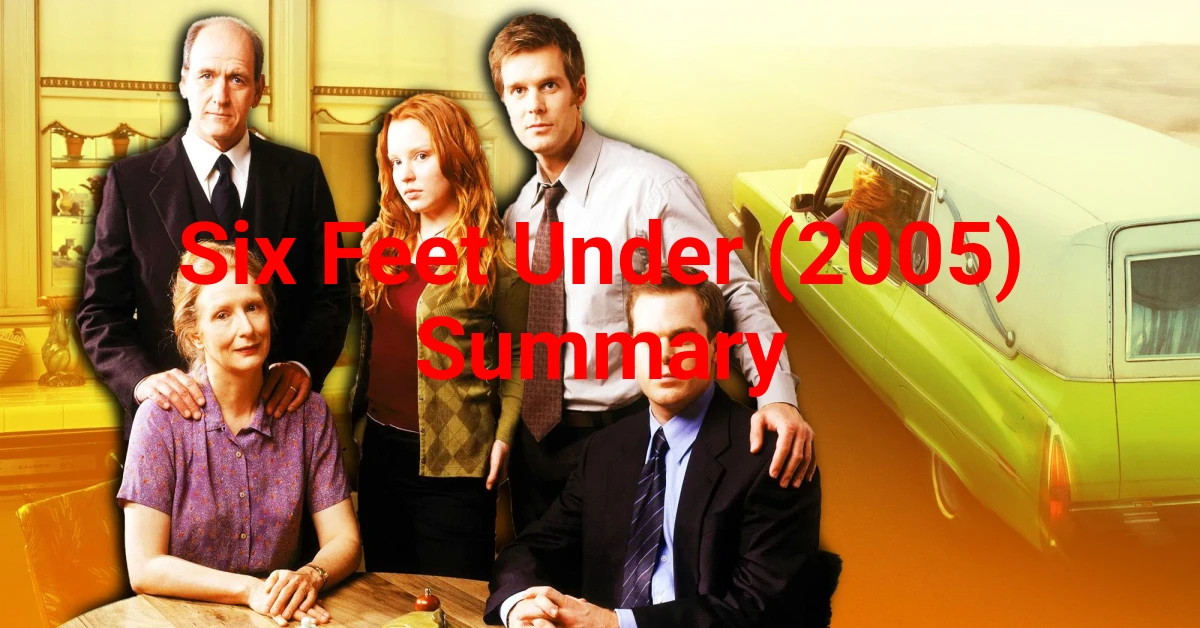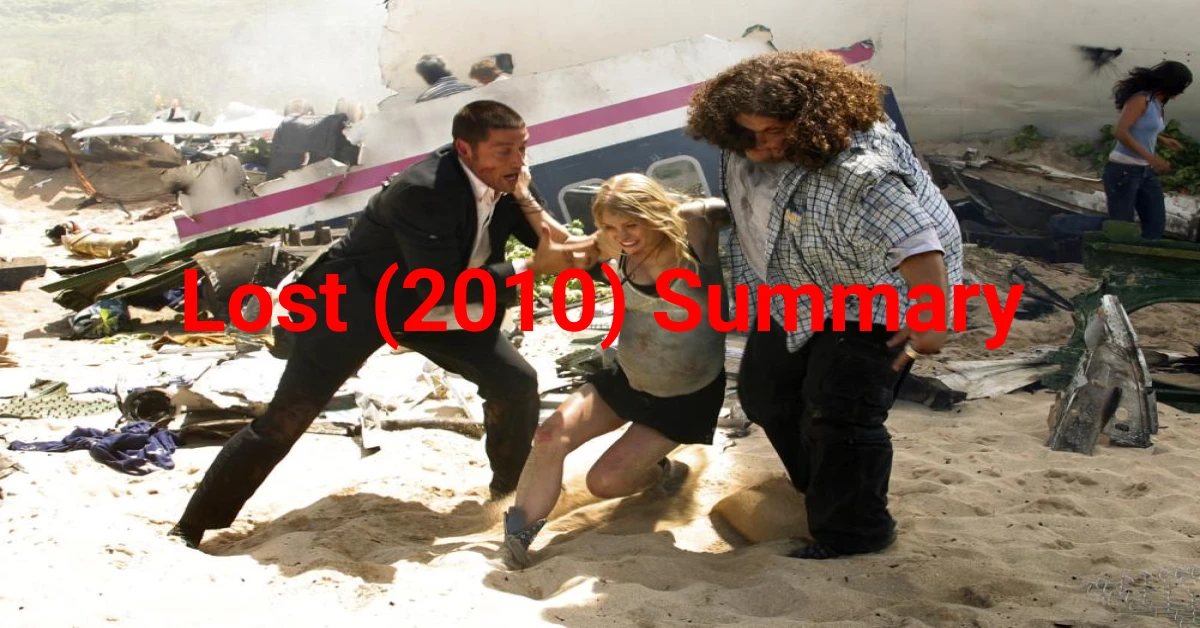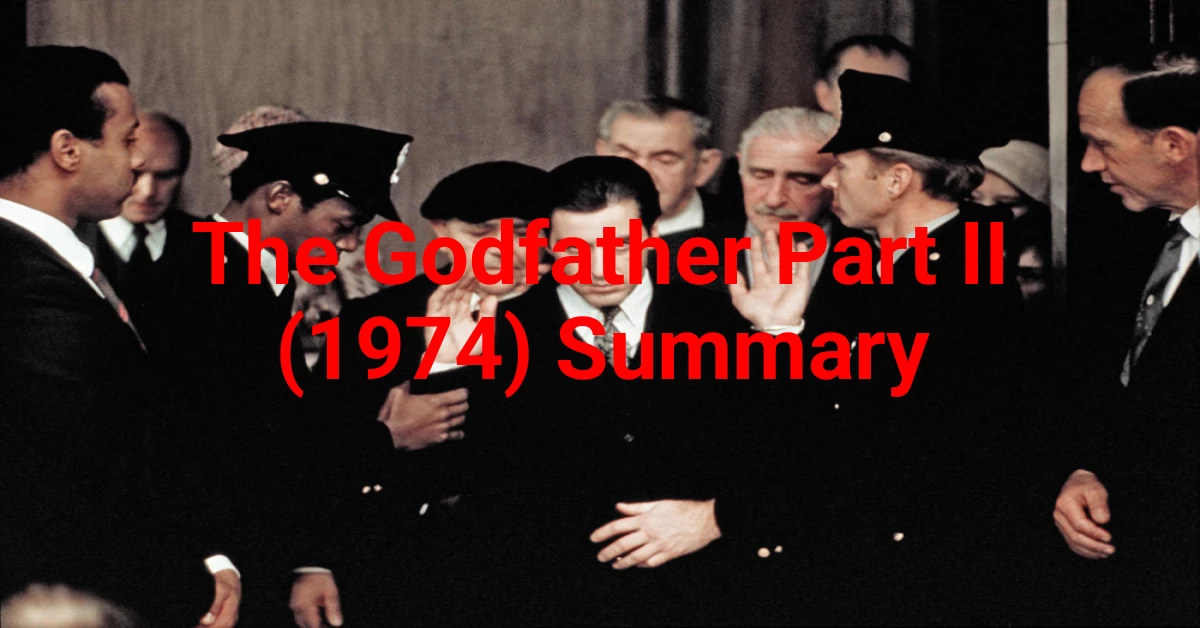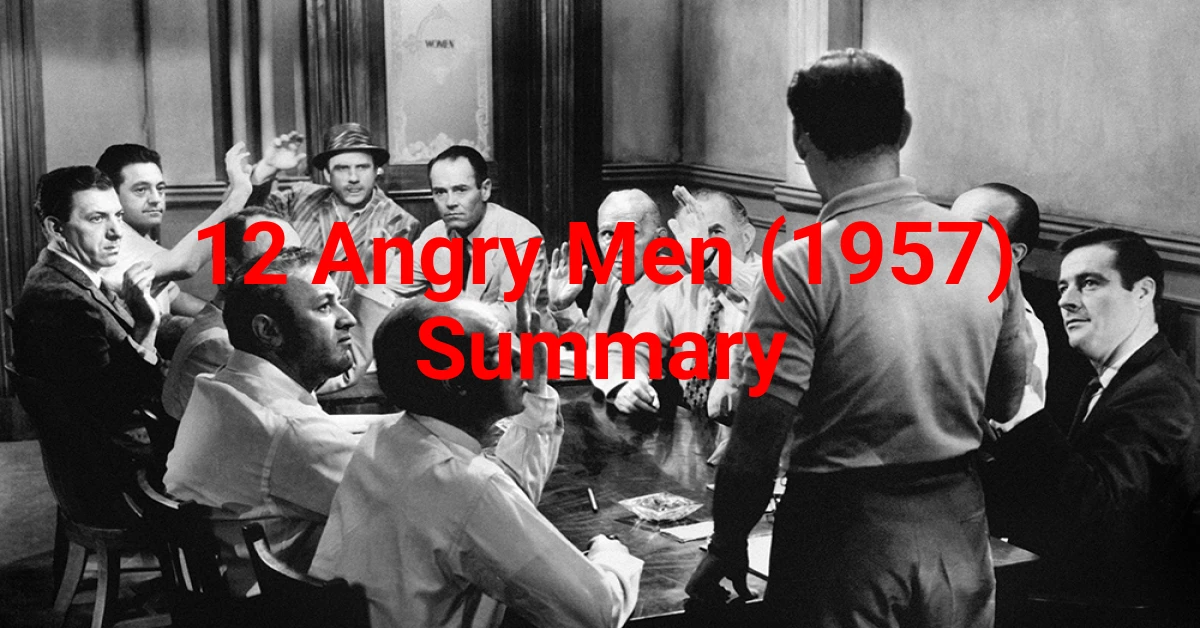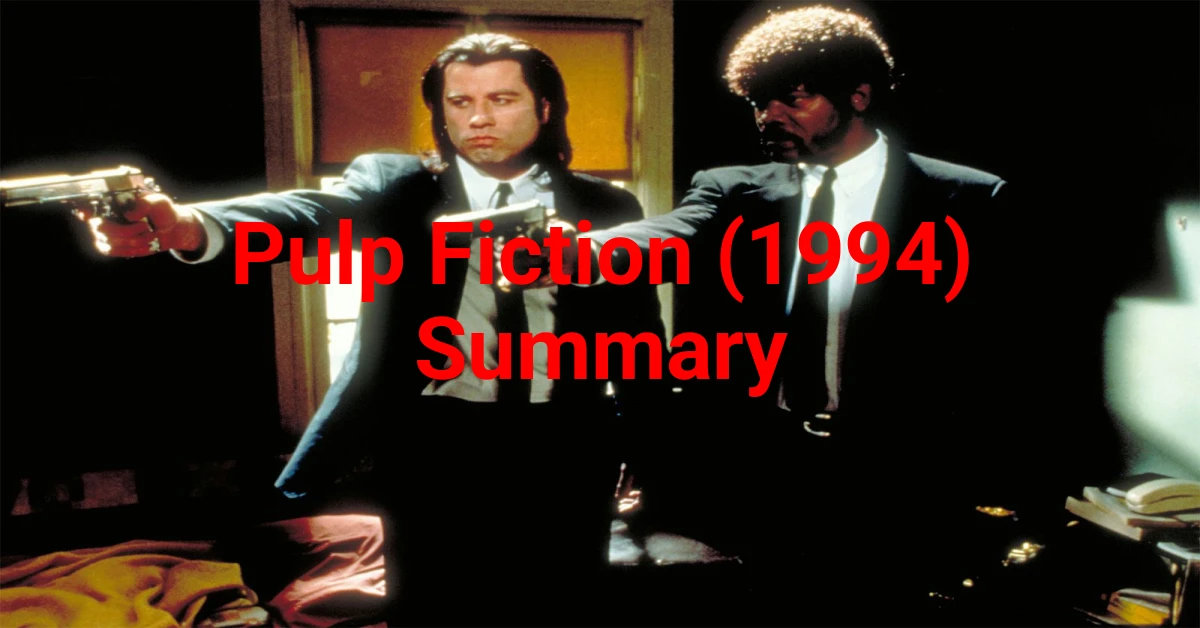Overview of Better Call Saul
Better Call Saul is a gripping television series that serves as a prequel to the immensely popular Breaking Bad. Created by Vince Gilligan and Peter Gould, the show first premiered in 2015. It follows the transformation of Jimmy McGill, a struggling lawyer, as he evolves into the cunning and morally flexible attorney, Saul Goodman.
Movie Summary
Act I – The Setup
In the first season, we meet Jimmy McGill, a lawyer trying to make a name for himself in Albuquerque. Despite his good intentions, he faces numerous challenges in his personal and professional life. Jimmy’s relationship with his successful lawyer brother, Chuck, is strained, adding a layer of complexity to his story.
Meanwhile, Jimmy starts to explore the gray areas of legality, which eventually lead him down a darker path. As he grapples with his own morality, he crosses paths with Mike Ehrmantraut, a former police officer working as a parking attendant, who becomes an essential figure in his life.
Act II – Conflict and Turning Point
As the series progresses, Jimmy McGill transforms into Saul Goodman, a sharp-witted lawyer who operates on the fringes of ethics. His alter ego allows him to navigate the criminal underworld, representing unsavory clients and getting entangled in dangerous situations.
At the same time, we witness the rise of Gus Fring, a meticulous and ruthless drug lord who becomes a significant player in the Albuquerque drug scene. Saul’s involvement with Gus marks a turning point in his journey, pushing him further away from his former self and deeper into a world of deception and danger.
Act III – Climax and Resolution
In the later seasons, the lines between Jimmy McGill and Saul Goodman blur even further. Jimmy’s relationships become strained, particularly with Kim Wexler, his girlfriend and fellow lawyer, whose own moral compass begins to waver due to her association with Jimmy’s shady dealings.
The series culminates in a thrilling and intense finale that ties up loose ends while leaving fans on the edge of their seats. As Better Call Saul concludes, viewers are left with a poignant reflection on the consequences of one man’s choices and the price of chasing success at any cost.
Have you seen this riveting prequel to Breaking Bad? Share your thoughts below!
